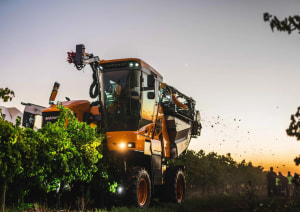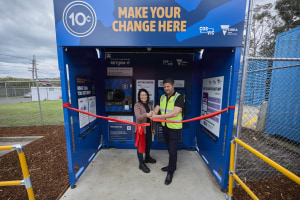At the Circularity conference, held alongside the ReGen expo in Sydney last week, a high-calibre panel tackled one of the sector’s most pressing challenges: how to align policy, innovation and accountability to deliver circularity in packaging.
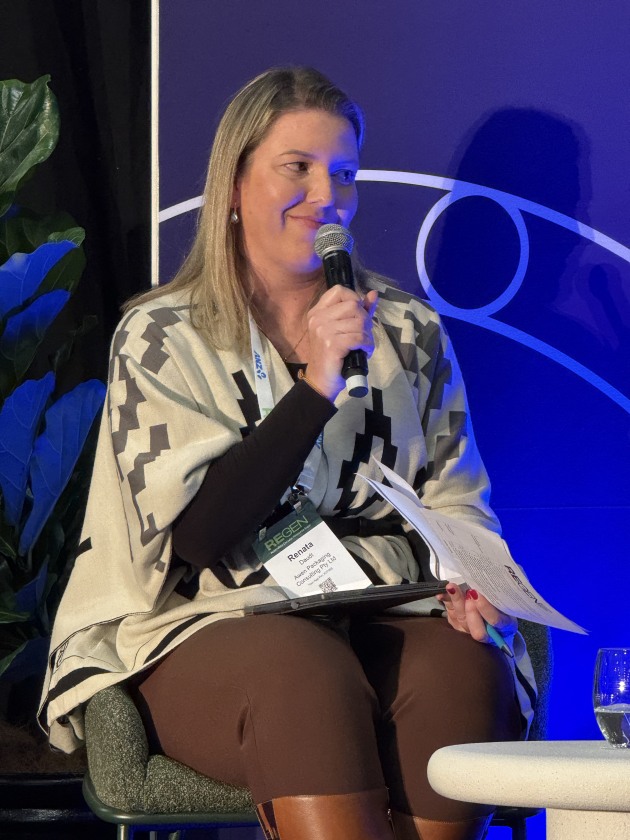
Moderated by Renate Daudt of Awen Consulting, the panel brought together leaders from reuse systems, packaging stewardship, manufacturing and regulatory bodies – each highlighting the systemic changes needed to move beyond principles toward practice.
Opening the session, Daudt noted the traditional drivers of packaging – cost and convenience – must now give way to circular thinking. “Circularity isn’t just about the material,” she said. “It’s a mindset. We need to design out waste, keep materials in use, and regenerate natural systems.”

Patrick Manley, CEO and co-founder of reusable packaging system Cercle, opened with a snapshot of his business’s impact. Cercle’s reusable cups are designed for over 100 uses, with some in circulation for up to 500. “We believe in a future where we can circumnavigate recycling altogether,” he said. “If we can divert packaging away from recycling and into reuse, that’s a far greater win for the planet.”
Cercle combines durable materials, smart data tracking, and socially procured labour in its washing hubs. “Reusables have historically been expensive to collect and clean, but that’s changing. The washing economics and data platforms now make it scalable,” Manley added.
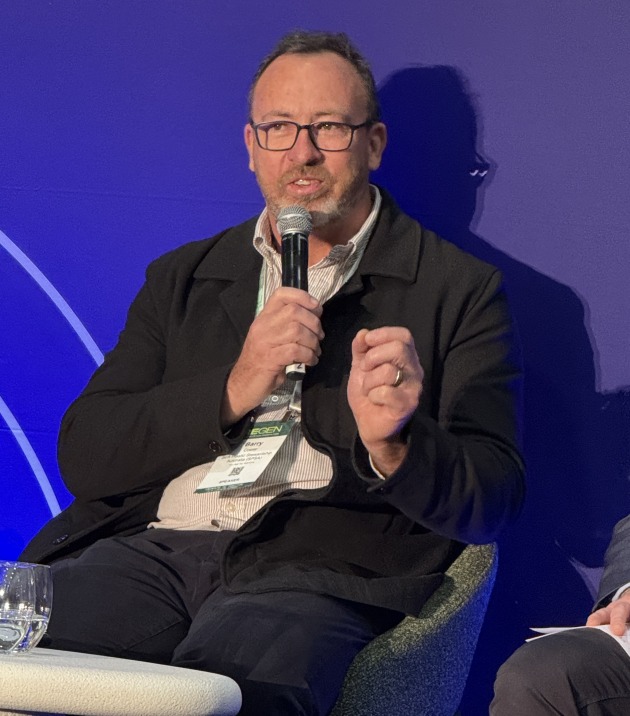
Simplicity in design is also essential, according to Lars Ljung, sustainability manager at Planet Protector. “We’re seeing a real push towards mono-materials like polypropylene,” he said. “They’re recyclable and easier to sort and process. For us, keeping components separable and instructions clear drives better outcomes.”
Yet despite innovation on the ground, the broader packaging ecosystem lacks the one thing that drives efficiency: standards. Barry Cosier, co-CEO of the Soft Plastics Stewardship Association (SPSA), emphasised the need for consistent specifications across the supply chain.
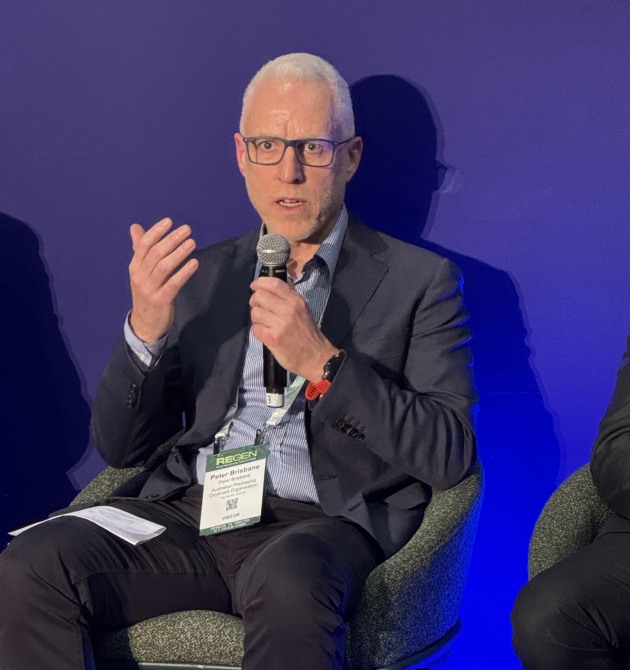
“From production lines to retail shelves to recycling facilities – everything depends on standards,” Cosier said. “But when it comes to recyclability, we’re still relying on principles. That undermines investment confidence.”
APCO’s Peter Brisbane agreed, noting that packaging changes are often incremental, not disruptive. “To justify investments in new materials or equipment, companies need regulatory certainty,” he said. “We’re in a moment now where a regulatory future is close, but unclear. That uncertainty makes it hard to plan.”
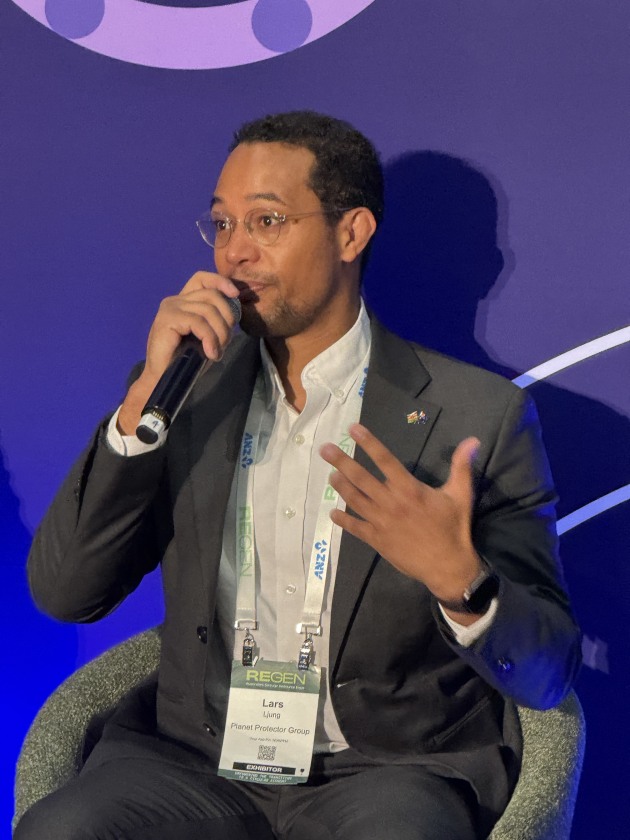
On the policy front, all panellists agreed that the existing framework – such as the Sustainable Packaging Guidelines and ARL – is a strong base, but a transition to more robust regulation is required. Brisbane called for national EPR (extended producer responsibility) legislation that builds on current schemes.
Ljung pointed to Singapore’s accelerated regulation as a glimpse of what may be to come. “We’re seeing companies forced to react quickly. Australia must learn from that and ensure a just, efficient transition,” he said.
EPR was also seen as key to enabling scalable reuse. “Most reusables sold today are designed to be bought – not used,” Manley said. “EPR could require that reusables actually function as reusables. That would be a gamechanger.”
Cosier explained that voluntary schemes like SPSA can only take circularity so far. “We’ve got 40 major companies involved, but that’s just 15 per cent of the market. Regulation is needed to bring the rest on board – and to fund processing infrastructure and stimulate market demand for recycled content.”
As the panel explored how to strike a balance between recycling, reuse and upcycling, there was broad agreement that over-reliance on recycling can distract from higher-order solutions. “Recycling is part of the solution,” said Manley, “but we need to invest more in reuse. It gives us a better path to true circularity.”
Ljung added: “There’s huge opportunity in upcycling too – taking existing materials and creating higher-value products. But we need the policy and infrastructure to support that.”
One of the session’s most resonant themes was the need for a shared measurement framework – a “North Star” to guide decisions. “Is it landfill diversion? Emissions? Recovery?” asked Cosier. “Most brands use life cycle assessment – but even those vary. Without common metrics, we risk disjointed efforts.”
Manley echoed the need for deeper system analysis. “Too often, LCAs don’t include the infrastructure built to support a packaging system. We need to compare entire systems, not just the packet,” he said.
When asked how to combat greenwashing, panellists returned to the issue of standards. “Inconsistent claims erode trust,” said Cosier. “The ARL provides a solid baseline, but we need national standards embedded in regulation – and enforced.”
Brisbane added: “Standardised, evidence-backed labelling is key. The public needs a single, trusted label – not a confusing mix.”
Looking ahead, the panel nominated a set of gamechangers that could catalyse circular packaging at a system level: national EPR legislation, mandatory reporting, consistent packaging and recycling standards, and investment in traceability.
“As we move to a circular economy, we need to know where materials go,” said Cosier. “We already trace food from shelf to farm – we should be able to trace packaging through the recycling chain too.”
Ultimately, said Manley, circularity will require coordinated investment, strong policy, and a willingness to elevate better systems over merely convenient ones. “Let’s stop looking for silver bullets. Let’s invest where the real change is – and hold each other accountable to it.”





